John Muir observed: "When we try to pick out anything by itself, we find it hitched to everything else in the Universe"
This journal has been a little delayed, due to an early trip home. All is well, now, and it's good to be back in the lower 48. I always thought that phrase, "the lower 48" sounded kind of funny, maybe elitist, but it's simply being descriptive. The drive up to the Arctic Ocean, only 135 miles north of Toolik, really brought home the idea that living at the field station is living near the top of the world. In the tundra, the views are big, the plants are small, and living and working at Toolik Field Station really is different than any other place I've ever visited. 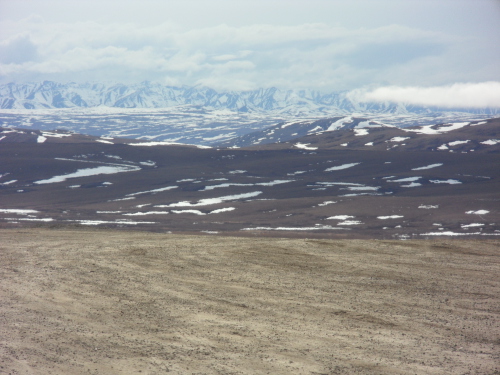
The people are dedicated and are excited to be working in an Arctic ecosystem. 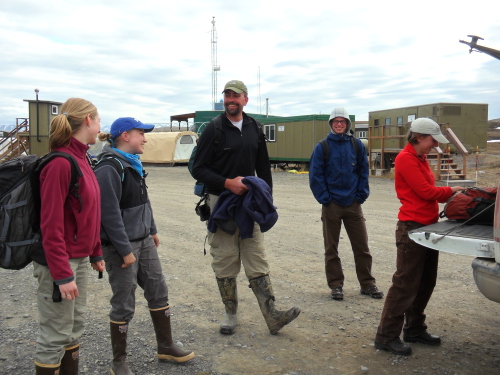
There's a small core of year round staff who love living at Toolik and love Alaska. Other staff work seasonally, many rotate down to Antarctica for the summer season there. The summer has brought scientists and students from all over the country; closely studying the mechanisms that drive the tundra ecosystem, trying to best understand the nature of the Arctic, and the effects of a warming climate on the many parts of the whole.
My team, headed by Mike Weintraub, is looking at the tiniest details of how plants assimilate nitrogen, and how microbes, especially fungi and bacteria, interact with the plant roots. 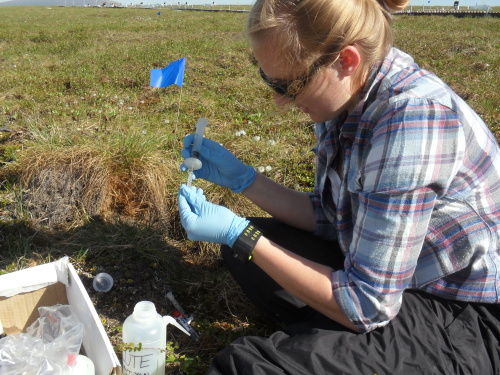
Due to rates of decomposition that fall behind growth rates, there are large stores of carbon in the soils of the active layer, the layer of soil above the permafrost where the plants roots are actively growing. Decomposition is an important process for the breakdown of plant material, and is super critical for the process that returns nitrogen to the soil. My team studies the broad question of how changes in the seasons change timing of plant growth and the related interactions within the soil, including the availability of nitrogen. This knowledge will help in the quest to better predict the impacts of these changes on the carbon balance of arctic ecosystems.
Throughout the fall, I will continue to process and share the knowledge I gained at Toolik with my students, and will share it with you from time to time through these journals. Also, be sure and keep checking the PolarTREC website, there are awesome expeditions ongoing in Siberia, Greenland, Alaska, and Norway!
But again, what makes Toolik Field Station so special? What draws these folks back year after year? One of our greatest global challenges, currently, is climate change and understanding its effects. The effects of climate change are more apparent in the Arctic than anywhere else in the world, and the tundra ecosystems around Toolik have been studied for several decades. Simply put, Toolik Field Station is ideally located and incredibly well set up to support science. 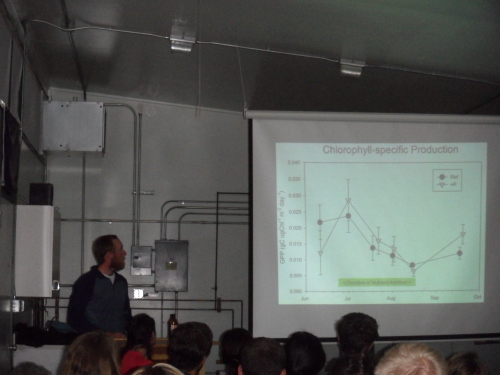
It's been an amazing experience to get to work with such a dedicated and hard working group of folks. One thing I really noticed about everyone is their extraordinary optimism. It is energizing, I think, to be able to take a problem, break it down into its myriad parts, and begin to look for solutions and find ways to make the world better.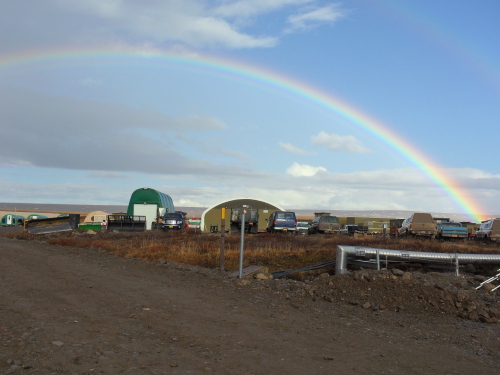
The growing season is short at Toolik. In the course of my five weeks, I witnessed snowmelt and spring green up. landscape green up May through June
I also got to see a few of those mosquitoes everyone was talking about! 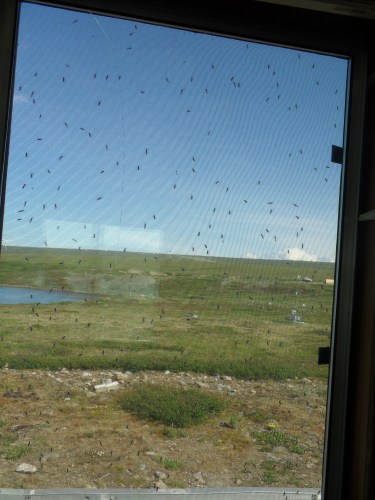
For now, thanks to everyone at PolarTREC and NSF, the Arctic Research Consortium of the United States, CH2MHill Polar Services, and everyone at the University of Alaska Institute of Arctic Biology's Toolik Field Station. I had an awesome summer experience; a great start to my understanding of current science practices, climate change effects and Arctic ecology. In many ways, I feel like I'm beginning a new chapter in my life, rejuvenated as a lifelong learner of science. I've got a lot of great pictures to show folks, and I'm really excited thinking about sharing my summer experience with the community and getting back to school and sharing what I've learned with my students! 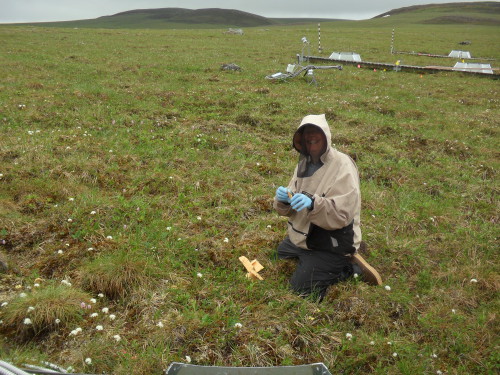
| Attachment | Size |
|---|---|
| landscape green up May through June78.94 KB | 78.94 KB |


Comments